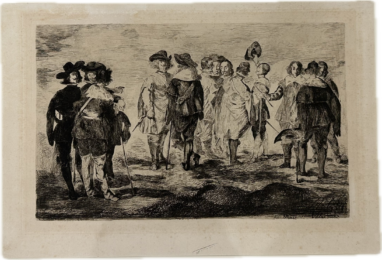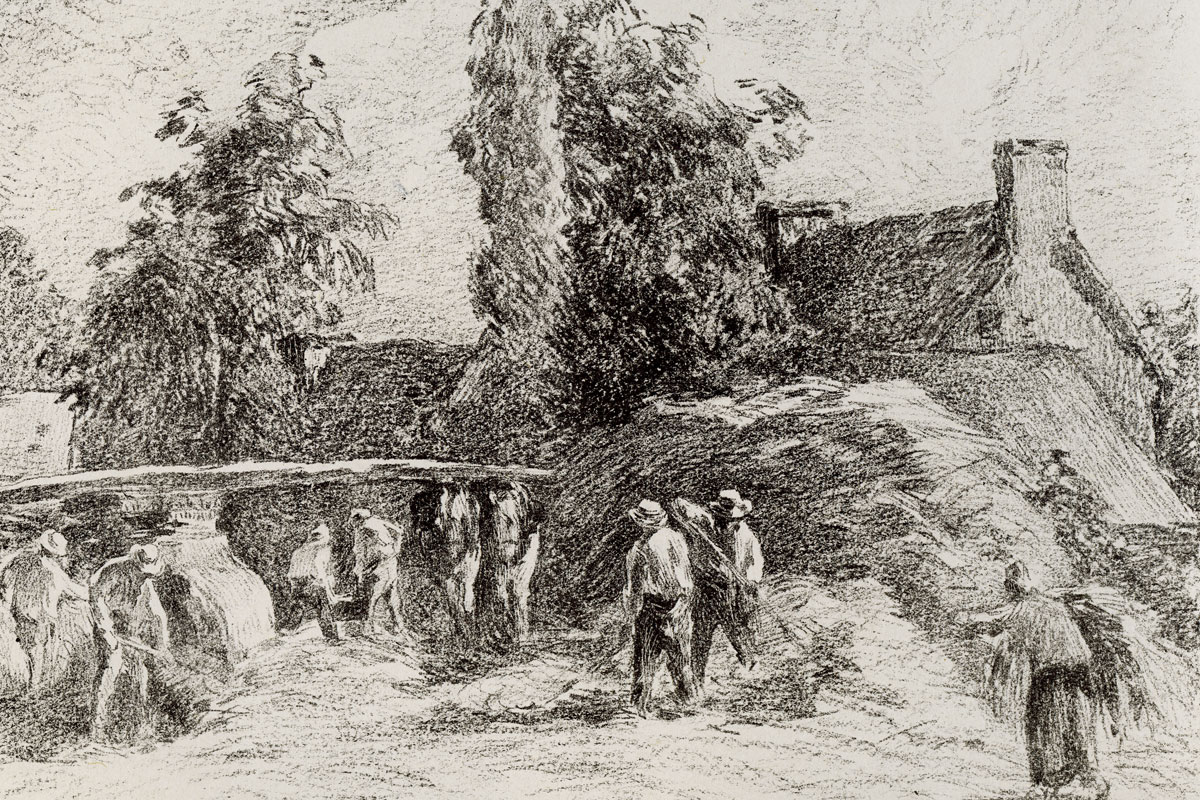


Impressionism is an art movement from the 19th-century characterised by short, thin, yet highly visible brush strokes. It started life with a group of Paris-based artists who become well-known for their independent exhibitions during the 1870s and ‘80s.
Compositions using Impressionism – and Expressionism for that matter – tend to emphasise the depiction of light as ever changing, with its effects being accentuated to show the passage of time. These pieces depict ordinary subject matter and usual visual angles, but crucially include movement as a vital part of human experience and perception.
French Impressionists of this time faced harsh criticism from the conventional art community. Indeed, the name “Impressionism” itself comes from the name of a Claude Monet piece, “Impression, soleil levant” – translated as “Impression, Sunrise” – which actually lead to the critic Louis Leroy coining the term in a satirically written piece printed in the Parisian newspaper Le Charivari.
Radical freethinkers of their time, early Impressionists pushed the boundaries of typical academic painting that had gone before. They fashioned their work from free brushing their colours which then took priority over contours and lines. Examples of Impressionist painters include Edouard Manet, Eugene Carriere, Edgar Chahine, Albert Belleroche and Jean-François Raffaelli.
Impressionalists also offered up realistic scenes of modern everyday life, and very often worked outdoors instead of in a studio. These artists found that they could more easily capture the transient, momentary effects of sunlight by painting al-fresco. Both mixed and pure unmixed colour was used without blending or shading as was customary, with the aim of achieving an intense effect of colour vibration.
Alongside the short, dense brush strokes, colours are applied side-by-side with only a very small amount of mixing. This technique exploits the principle of simultaneous contrast to give the colours a more vivid appeal to the viewer.
Darker tones and particularly greys are produced by mixing multiple complementary colours. Impressionism in its purest form in fact avoids the use of black paint. Fresh paint is also added on top of existing wet paint instead of waiting for it to dry, which produces a better mix of colour as well as softer edges.